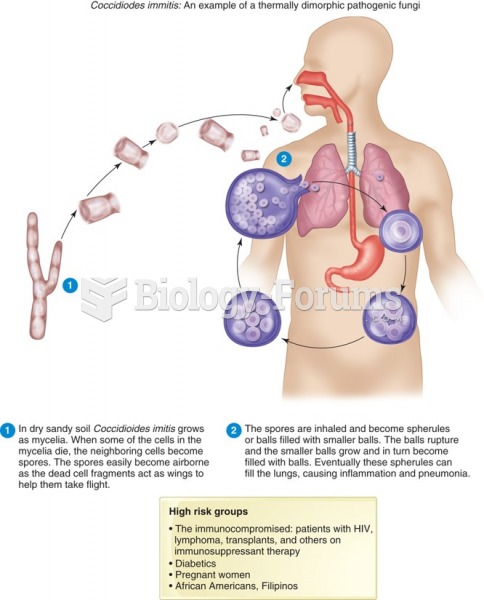Answer to Question 1
Correct Answer: 4
Rationale 1: Category A carries the lowest risk to the fetus and mother.
Rationale 2: Category B drugs have not shown a risk to the fetus in animal studies, or if they have, studies of women have not confirmed this risk.
Rationale 3: Category C drugs have shown a risk in animal studies, but controlled studies have not been performed in women.
Rationale 4: Drugs from category D can cause harm to the fetus but could provide benefit to the mother in a life-threatening situation or when a safer therapy is not available.
Global Rationale: Drugs from category D can cause harm to the fetus but could provide benefit to the mother in a life-threatening situation or when a safer therapy is not available. Category A carries the lowest risk to the fetus and mother. Category B drugs have not shown a risk to the fetus in animal studies, or if they have, studies of women have not confirmed this risk. Category C drugs have shown a risk in animal studies, but controlled studies have not been performed in women.
Answer to Question 2
Correct Answer: 3
Rationale 1: Warfarin (Coumadin) is incorrect because it is a category D drug.
Rationale 2: Ranitidine (Zantac) is incorrect because it is a category B drug.
Rationale 3: Estrogen with progesterone (Ortho Novum) is a category X drug, and carries the highest risk; studies have shown a significant risk to women and fetuses.
Rationale 4: Potassium chloride (K-Lor) is incorrect because it is a category A drug.
Global Rationale: Estrogen with progesterone (Ortho Novum) is a category X drug, and carries the highest risk; studies have shown a significant risk to women and fetuses. Warfarin (Coumadin) is incorrect because it is a category D drug. Ranitidine (Zantac) is incorrect because it is a category B drug. Potassium chloride (K-Lor) is incorrect because it is a category A drug.







